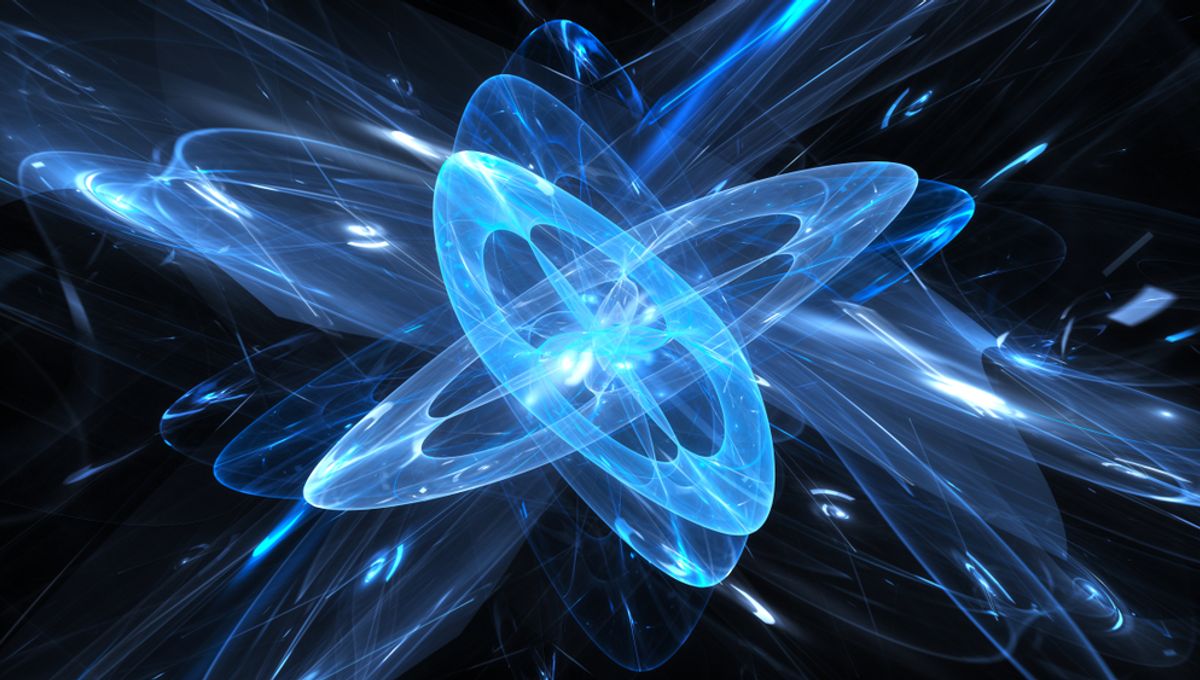
Just over a decade ago, physicist and Nobel laureate Frank Wilczek from MIT wrote a paper musing about the potential properties of a theoretical object he called quantum time crystal. To the surprise of many, over the last few years, those time crystals have been found aplenty both in specific lab experiments and inside common things like children’s toys.
As is often the case, the exact nature of these objects is not widely understood. So let’s tackle this question together: what is a time crystal? First and foremost, let’s define what a crystal is. Let’s consider empty space like a blank sheet of paper extending as far as the eye can see. There is no special point to it because every point is the same.
That’s where the translational symmetry comes in. No point is special – but now let’s imagine that the paper is graphed, like sheets you might have used in math lessons. Now you will have a lot of empty space, but every little while you have lines and corners, etc. That is a repeating regular structure. In your regular crystal, from diamonds to snowflakes, their atoms are organized in repeating patterns like that.
Now, the pattern is what’s important to define a crystal. In a time crystal, the time symmetry is broken. A time crystal is a collection of atoms that can be in any arrangement, but at regular intervals end up in the same pattern over and over again. You can picture it as a complicated clock mechanism with a lot of weird moving parts – but maybe every minute they all form a clear shape before going back to doing whatever they are doing!
To visualize this, let’s consider the three major innermost moons of Jupiter: Io, Europa, and Ganymede. Their orbital period is said to be in resonance. For every four orbits of Io, Europa does two, and Ganymede does one. So roughly every week (7.15 days), the pattern repeats itself. This is a good analogy for a time crystal, but it is not a time crystal. We need to add another special ingredient that can only be found in the quantum world. The system is not losing energy to the environment – actually, the system changes and moves without energy. One of the requirements is that these systems are in the lowest-energy state, so they literally cannot spend it.
You might be thinking that this sounds an awful lot like perpetual motion, and that is explicitly forbidden by the second law of thermodynamics, which explains that the entropy of an isolated system always increases. They are a limiting case. The entropy of these time crystals stays the same.
These objects have only been known for a few years, but researchers are looking at possible applications for them in quantum computers such as the potential memory storage of the future.
Source Link: What Is A Time Crystal?